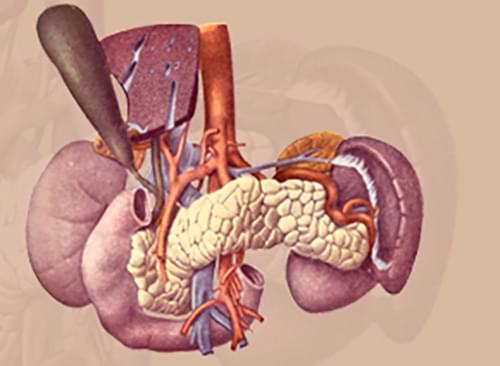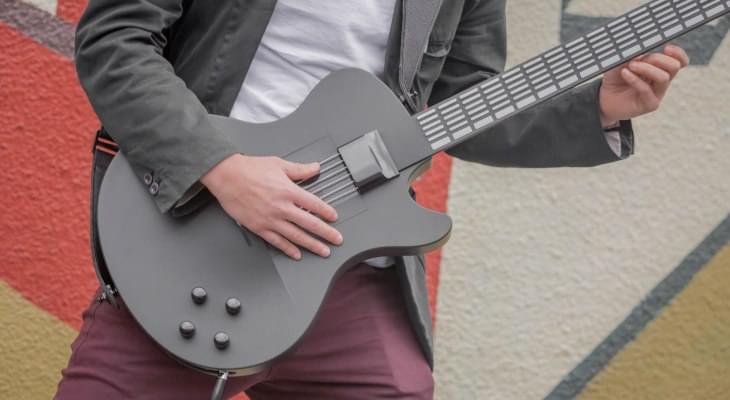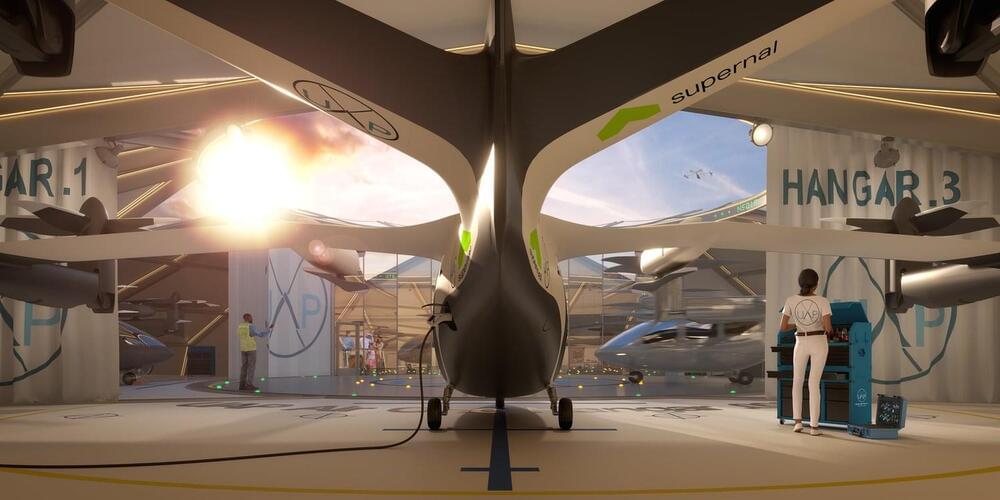Circa 2019
The race to engineer the next-generation banana is on. The Colombian government confirmed last month that a banana-killing fungus has invaded the Americas — the source of much of the world’s banana supply. The invasion has given new urgency to efforts to create fruit that can withstand the scourge.
Scientists are using a mix of approaches to save the banana. A team in Australia has inserted a gene from wild bananas into the top commercial variety — known as the Cavendish — and are currently testing these modified bananas in field trials. Researchers are also turning to the powerful, precise gene-editing tool CRISPR to boost the Cavendish’s resilience against the fungus, known as Fusarium wilt tropical race 4 (TR4).
Breeding TR4 resistance into the Cavendish using conventional methods isn’t possible because the variety is sterile and propagated by cloning. So the only way to save the Cavendish may be to tweak its genome, says Randy Ploetz, a plant pathologist at the University of Florida in Homestead. The variety accounts for 99% of global banana shipments.






